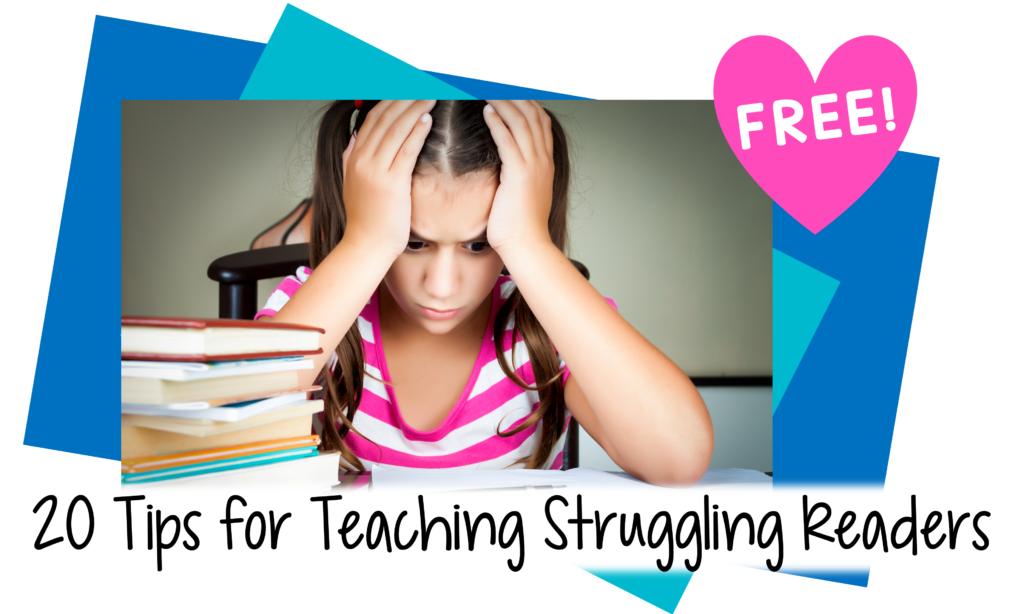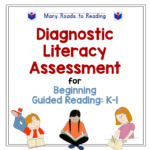Teaching time is precious…
…especially guided reading time, when we can differentiate our instruction and observe our kindergarten, 1st, or 2nd grade students more closely than we can in the whole class setting.
That’s why I used to get frustrated at the beginning of the year, both as a reading specialist and a classroom teacher. There is so much else to do—collecting papers from home, teaching classroom routines, touring the building, and after all that, finding time to give individual testing. Yes, I used to believe that I had to give running records and other diagnostic tests to all my students before I could sort out my guided reading groups.
But no more!
There’s a faster way to start guided reading and still assess our students!
Don’t worry. I still think it’s important to get a lot of diagnostic baseline information about my students, but I don’t have to postpone guided reading groups until I have gathered all that data. There’s another way.
1 Emergent readers tend to perform with approximately the same success on various early literacy tasks, so give several whole class written assessments during the first week of school.
2 On the basis of those test results, siphon off the lowest guided reading group, and begin teaching these kids right away.
- If this is kindergarten, these children probably won’t be ready for guided reading yet, so start with the shared reading model on Level A books.
- For 1st and 2nd grade, whether Level A, B, or H, you will be introducing the parts of a book and concepts of print during your first lessons, anyway. Do a lot more scaffolding than you will in coming months.
3 In the meantime, continue with running records and any other diagnostic testing you want to give to individual students. Add the rest of your guided reading groups, as they evolve from the testing.
4 Of course, all guided reading groups are flexible, so you will quickly be adjusting the group membership, both on the basis of your testing and from observing how students function in your initial groups.
As time goes on, you will amass all the data you need for a baseline snapshot of your students’ early literacy skills, but you won’t have delayed guided reading in order to gather it.
Enjoy your precious small group time earlier this year!



Leave a Reply